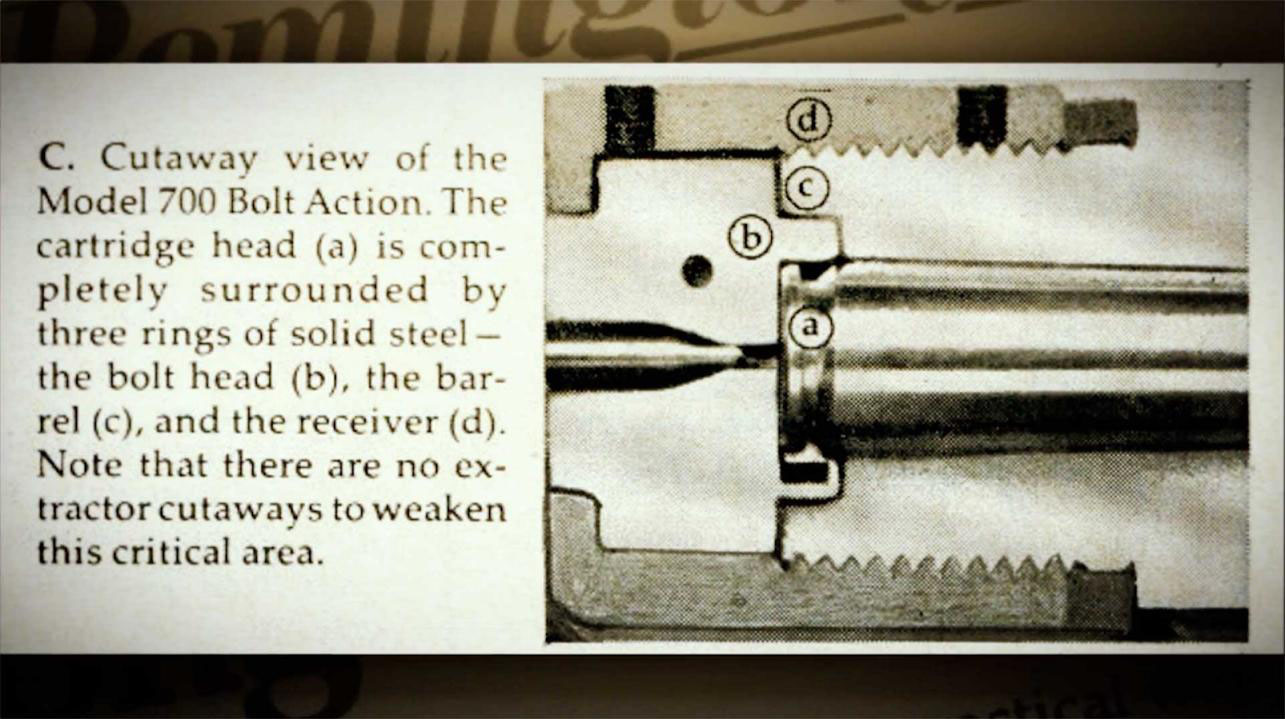Remington 700 Clone: Does it Fit?
Before we dive into the details, it’s important to note that a Remington 700 “clone” action (or receiver) is not an identical match for a Remington 700. There are almost always subtle modifications. Those modifications usually create fitment issues when someone tries to install a stock inletted for a true Remington 700 on a Remington 700 clone receiver. This is an issue that all stock manufacturers face. Order a stock inletted for the specific action you intend to use!
When I purchased my first bolt action rifle, it boiled down to two options. Did I want the actual Remington 700 in the SPS Tactical, or did I want the Remington 700 clone in the Bergara B14 HMR?
It’s fun to look back at my younger self and think about what was going on in my head. When it came to choosing a rifle - there admittedly wasn’t a lot happening between my ears. Everyone knows the Remington 700 is best right?
Well as time has proven, the 700 wasn’t far off. It has withstood the test of time and is the grandfather of most bolt-action precision rifle platforms.
Today, many reputable precision gunmakers and gunsmiths use a Remington 700 clone as the foundation for their product lines.
But to be honest, I didn’t even know what Remington 700 clone or footprint meant! I just knew that Remington 700s were good rifles. What I didn’t understand at the time was that the action itself is what all the hype was about - not necessarily the complete rifle.
So why did the Remington 700 become such a popular design? The phrase “Three Rings of Steel” is the first thing that comes mind.

The picture shows where this phrase came from. This design created strength, durability, additional safety, and precise alignment -which produces accuracy.
The bottom line is this: The Remington 700 became the industry standard because it was a simple, strong design with decades of widespread use and aftermarket support.
Gunsmiths and manufacturers can find triggers, stocks, bottom metals, etc. that fit the Remington 700. Virtually every component has an aftermarket option. This is why it
became the industry’s go-to when it comes to custom rifles.
Ok, so the Remington 700 is a great action design, but what does Remington 700 “clone” or “footprint” really mean?
Remington 700 Footprint
- Refers to the external dimensions and screw pattern of the action (receiver).
- It’s basically the “shape” or template: action screw spacing, tang shape, bottom metal position, recoil lug placement, and rail hole spacing.
- A stock, chassis, bottom metal, or scope base labeled “Remington 700 footprint” means it’s cut/drilled to fit those dimensions.
Remington 700 Clone
- Refers to an entire action (receiver + bolt) that is designed to work like or be compatible with a Remington 700.
- A clone usually keeps the footprint but adds changes: better tolerances, different bolt handle, extractor, integrated recoil lug,
- Examples: Defiance Machine Deviant, Surgeon 591, Terminus Apollo, Gunwerks GRB — all Rem 700
At AG Composites, we have always communicated that Remington 700 clones generally
indicate that the action is about 80% Remington 700 and about 20% unique to that action company. Of course, this changes from one action model to another. The 20% is where subtle but important differences show up.
Common differentiating features include ejection port length/shape, bolt handle angle and width, and the presence and shape of a bolt release on the side of the receiver. These changes can all create fitment issues if a clone is installed in a stock inletted for a true Remington 700.
Tang size is another area where small differences can show up. Some actions even have trigger hangers that can affect how the action sits in the stock. Pillar height can also vary slightly, which matters for bedding and torque consistency.
So let’s simplify this: a “footprint” is a set of external measurements, while a “clone” is an actual product/action built to fit that footprint, but with upgrades or changes.
When a company says “our chassis is cut for a Remington 700 footprint,” it means it fits the dimensions of an Remingtoon 700 or most clones. When someone says “we built this rifle on a Remington 700 clone,” it means they’re using a different action that’s compatible with that footprint but not made by Remington.
So why is this important? Because there are a lot of aftermarket components on the market, but not all of them will fit perfectly unless designed to do so. I’ve had this problem myself. I attempted to install a Remington 700 clone barreled action into a stock originally inletted for a different company’s Remington 700 clone. Long story short, I had to do some grinding with a dremel to make things fit. Not ideal. Let’s avoid this!
Regardless of whether you’re ordering a stock for a Remington 700 clone or any other rifle, it’s wise to call the manufacturer of the aftermarket components you want to ensure everything will fit perfectly.
We always encourage customers to buy the stock inletted for the exact action they plan to use. Nine out of ten calls we receive, we already have the action inlet in our system. If we don’t, then the customer needs to ask the action company what subtle differences their
action has compared to a Remington 700. Then we can determine the amount of work that may need to be done. But before the customer does any modifications to the stock, call us first - because any modifications void the warranty.
In the end, understanding the difference between a Remington 700 footprint and a clone helps you make smarter choices, avoid costly mistakes, and get a rifle that truly fits your needs. By taking a little extra time up front, you can ensure your build comes together perfectly.